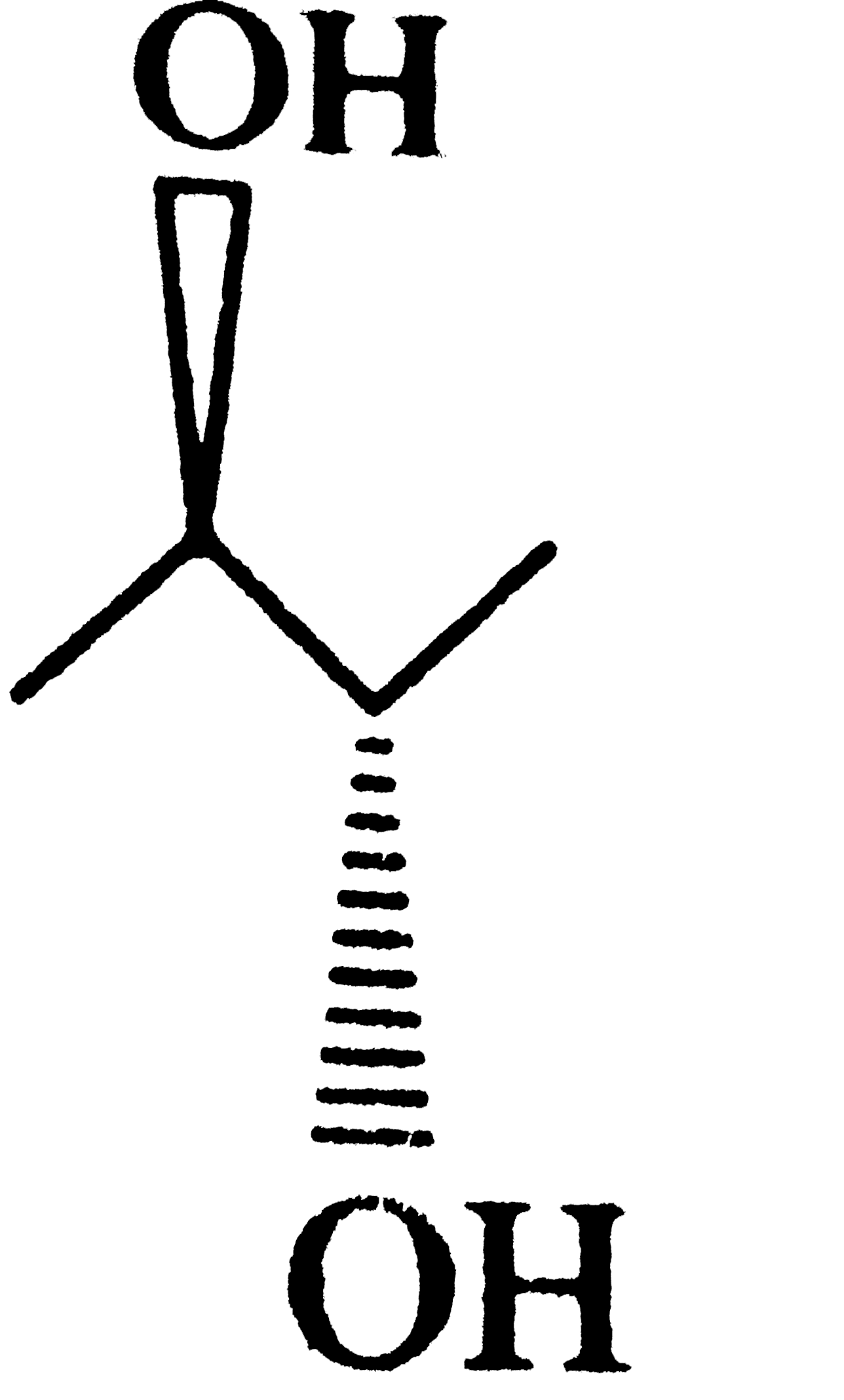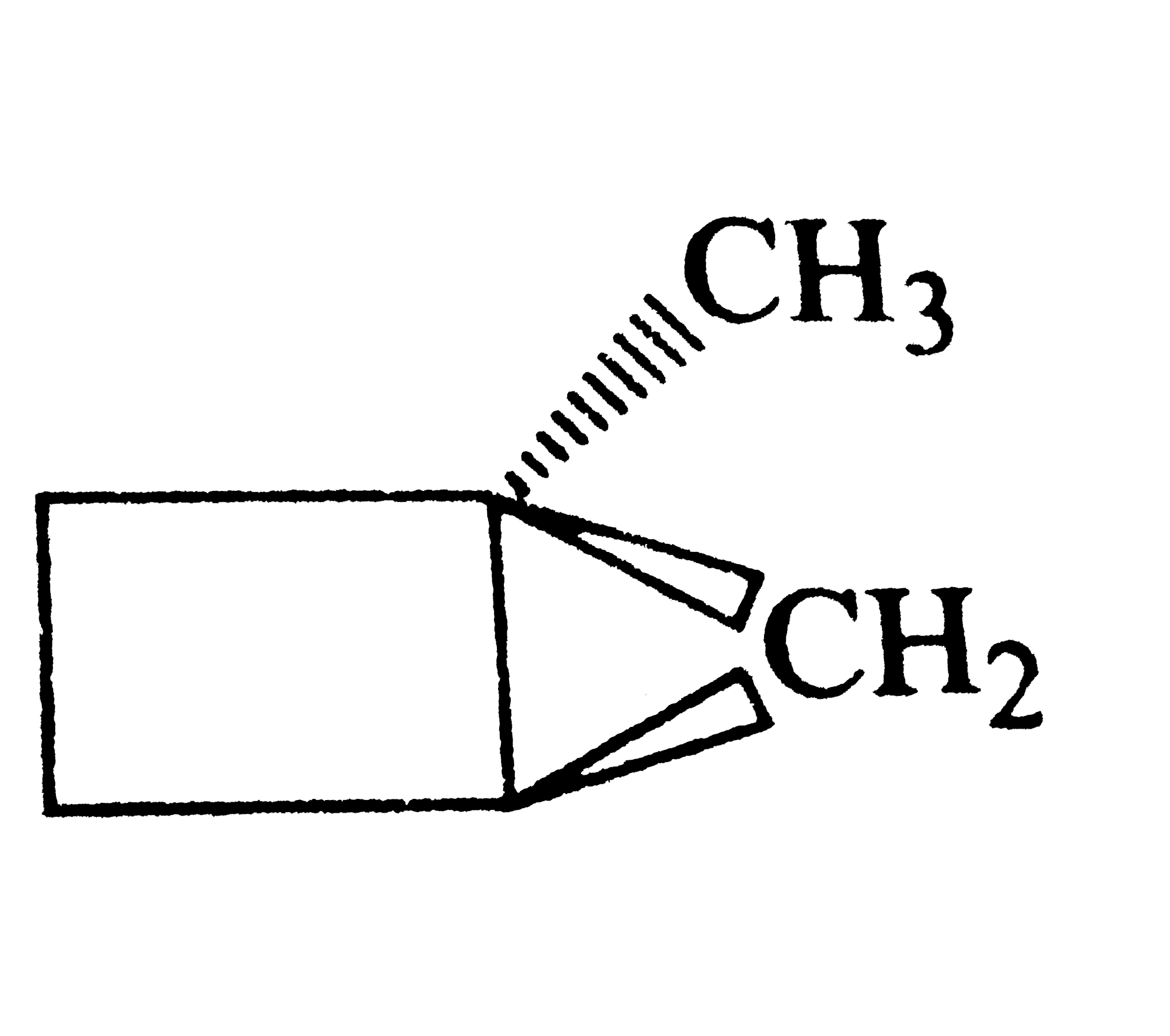Which of the following molecules are chiral?




The correct Answer is:B, C, D
To determine which of the given molecules are chiral, we need to follow a systematic approach. Here’s a step-by-step solution:
Step 1: Understand Chirality
Chirality refers to the property of a molecule that makes it non-superimposable on its mirror image. A chiral molecule typically has at least one stereogenic center (often a carbon atom bonded to four different groups).
Step 2: Analyze Each Molecule
We will examine each of the provided molecules to determine if they possess chirality.
1. Molecule A: Check for symmetry and stereogenic centers. If it has a stereogenic center and lacks a plane of symmetry, it is chiral.
2. Molecule B: Identify if there is a carbon atom bonded to four different groups. If yes, it is chiral.
3. Molecule C: Look for any symmetry elements. If it has a plane of symmetry or is superimposable on its mirror image, it is achiral.
4. Molecule D: Similar to the previous steps, check for stereogenic centers and symmetry.
Step 3: Determine Chirality
- Molecule A: If it has a stereogenic center and lacks symmetry, it is chiral.
- Molecule B: If it has a stereogenic center, it is chiral.
- Molecule C: If it has symmetry (planar or central), it is achiral.
- Molecule D: If it has a stereogenic center and lacks symmetry, it is chiral.
Step 4: Conclusion
Based on the analysis:
- Molecule B and Molecule D are chiral.
- Molecule A and Molecule C are not chiral.
Final Answer
The chiral molecules among the given options are B and D.
---
Chirality refers to the property of a molecule that makes it non-superimposable on its mirror image. A chiral molecule typically has at least one stereogenic center (often a carbon atom bonded to four different groups).
We will examine each of the provided molecules to determine if they possess chirality.
2. Molecule B: Identify if there is a carbon atom bonded to four different groups. If yes, it is chiral.
3. Molecule C: Look for any symmetry elements. If it has a plane of symmetry or is superimposable on its mirror image, it is achiral.
4. Molecule D: Similar to the previous steps, check for stereogenic centers and symmetry.
- Molecule A: If it has a stereogenic center and lacks symmetry, it is chiral.
- Molecule B: If it has a stereogenic center, it is chiral.
- Molecule C: If it has symmetry (planar or central), it is achiral.
- Molecule D: If it has a stereogenic center and lacks symmetry, it is chiral.
Based on the analysis:
- Molecule B and Molecule D are chiral.
- Molecule A and Molecule C are not chiral.
The chiral molecules among the given options are B and D.
Topper's Solved these Questions
- ISOMERISMBook:HIMANSHU PANDEYChapter:ISOMERISMExercise:Linked Comprehension Type
Explore 15 Videos
- ISOMERISMBook:HIMANSHU PANDEYChapter:ISOMERISMExercise:Match The Column
Explore 5 Videos
- ISOMERISMBook:HIMANSHU PANDEYChapter:ISOMERISMExercise:More Than One Correct (Q.1 To Q.25)
Explore 25 Videos
- HALIDESBook:HIMANSHU PANDEYChapter:HALIDESExercise:Subjective Type Problems
Explore 10 Videos
- NOMENCLATUREBook:HIMANSHU PANDEYChapter:NOMENCLATUREExercise:Section Iv (Q.26 To Q.26)
Explore 1 Video
Similar Questions
Knowledge Check
Which of the followign molecules are chiral ?
 AI and IIBI and VCII and IIIDII,III,IV
AI and IIBI and VCII and IIIDII,III,IVWhich of the following molecules is chiral?
ACH3CH=C=CHCH3BCH3CH=CHCH=CH2CCH3CH2CH=C=CH2DCH2=CHCH2CH2Which of the following molecules is/are chiral ?
 AIBIICIIIDI,II
AIBIICIIIDI,II
Molecules whose mirror image is non superimposable over them are known as chiral. Which of the following molecules is chiral in nature ?
View SolutionMolecules whose mirror image is non-superimposable over them are known as chiral. Which of the following molecules is chiral in nature?
View SolutionWhich of the following molecule is chiral.
View SolutionWhich of the following molecules is (are) chiral ?

View SolutionWhich of the following molecules contain a chiral centre?
View Solution


